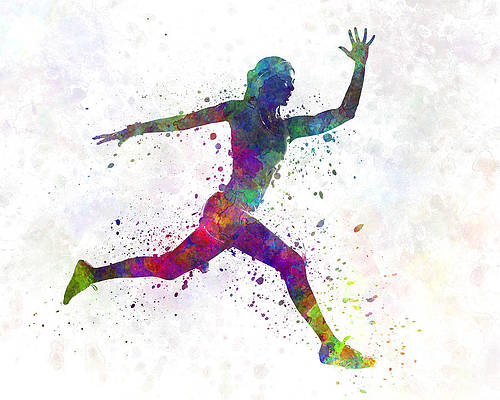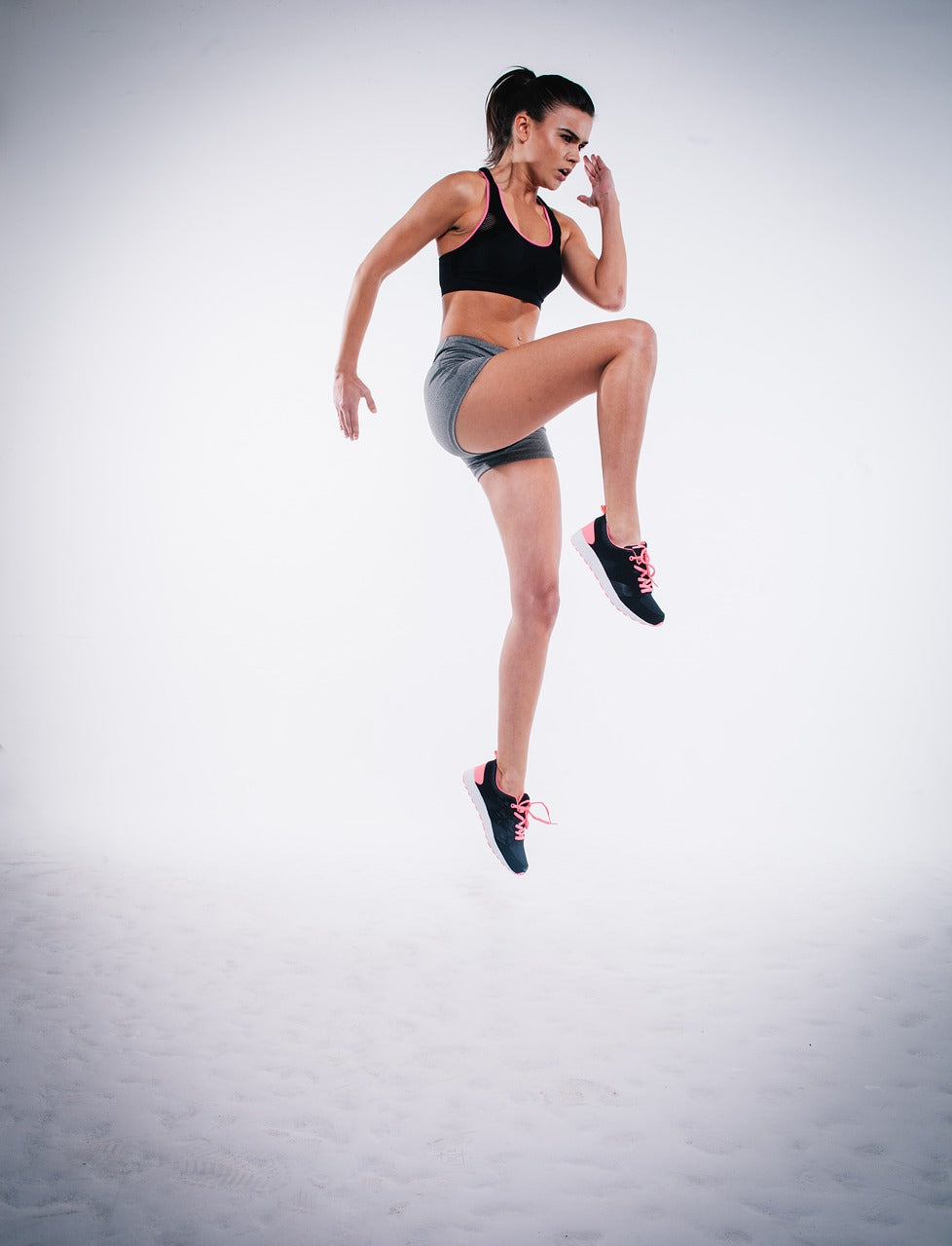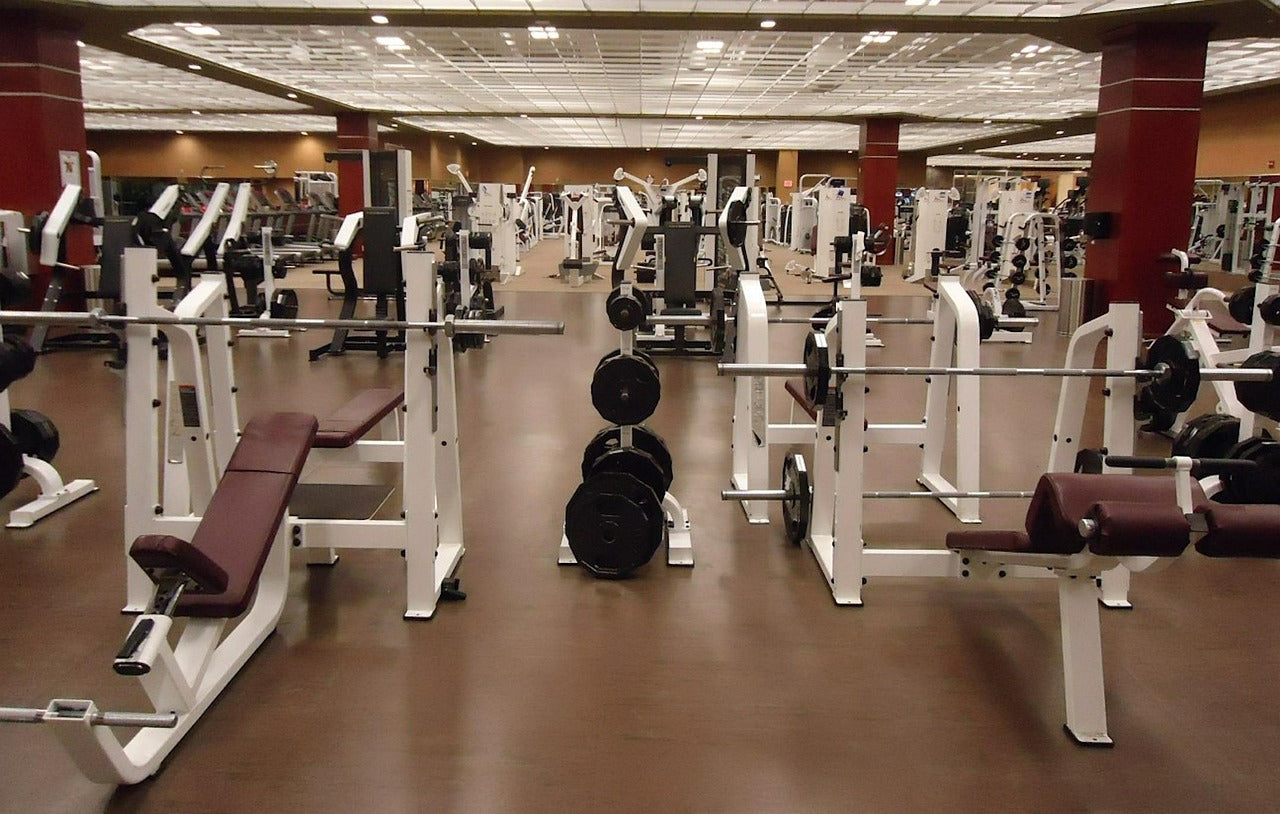Are you looking to start a stretching program? Tracking your flexibility can be the key to ensuring consistent progress. In this guide, we delve deep into several flexibility tests, each designed to measure different aspects of your body’s flexibility. Make sure to revisit these tests every 6-8 weeks to see how your training is affecting your flexibility.
Here is a great item for help with flexibility!
Warm-Up First! Before you dive into these tests, it’s essential to prep your muscles. Dedicate at least 10 minutes to light jogging or skipping to increase blood flow and warm up your muscles.
1. Modified Sit And Reach Test
Measuring: Lower back and hamstrings flexibility
How it works:
- Start by sitting on the floor, back and head resting against a wall. Legs stretched straight, knees flat on the floor.
- Place a 30cm (12-inch) box against your feet. With your back still aligned with the wall, reach out to the box with your arms.
- Slide a ruler atop the box until it reaches your fingertips. This marks your starting point.
- Gradually lean forward. It's okay to lift your head and shoulders from the wall, but avoid sudden jerking movements.
- Slide along the ruler thrice. On the last slide, reach as far as you can, holding the stretch for 2 seconds.
- Record your best score and compare over time.
2. Trunk Rotation Test
Measuring: Trunk and shoulder flexibility
How it works:
- Mark a vertical line on a wall. Stand an arm's length away, facing away from the line, feet apart.
- Extend your arms forward, parallel to the ground. Slowly twist to the right and touch the wall with your fingertips, keeping arms level.
- Note where you touched. Points past the line indicate positive scores, and those before, negative scores.
- Repeat for the left side.
3. Groin Flexibility Test
Measuring: Adductors flexibility
How it works:
- Sit on the floor with bent knees and feet flat, legs pressed together.
- Gently let your knees fall sideways, feet soles touching.
- Holding your feet, pull your ankles close to your body. Measure the gap from your heels to your groin.
4. Goniometer Testing
Measuring: Joint angles and overall joint flexibility
How it works:
- Think of a goniometer as a flexibility protractor. It gauges joint angles to determine flexibility.
- By placing it around a joint, like the elbow or knee, you can measure the joint's range of motion. This is a must-have tool if you're serious about your flexibility training.
Conclusion
Embarking on a flexibility journey requires monitoring and consistency. By incorporating these tests into your routine, you can track your progress, make necessary adjustments to your training, and achieve your flexibility goals.




Leave a comment
This site is protected by reCAPTCHA and the Google Privacy Policy and Terms of Service apply.